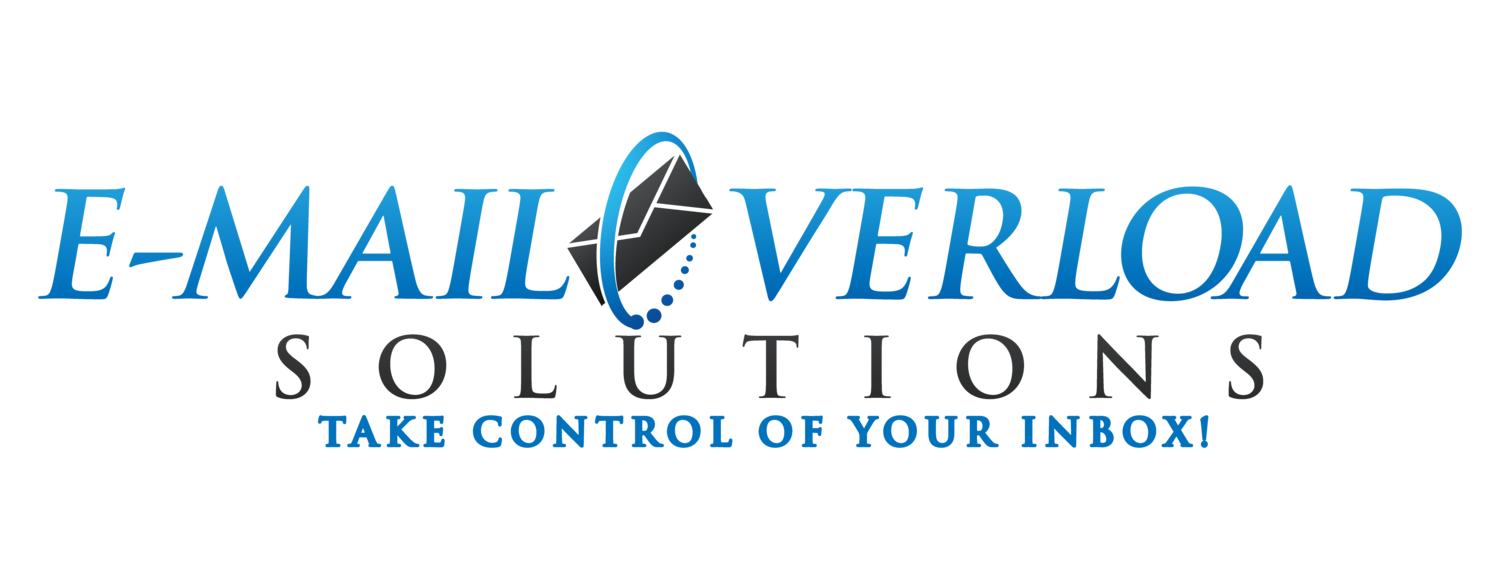Are Businesses Not Using Email as Much as They Used To?
/Back when memos between colleagues had to be hand-delivered or mailed, the advent of Email seemed like a miracle solution. Suddenly you could sit at your computer and send messages and even files to co-workers across the globe.
Email has revolutionized business, and it is still the primary method of communication used by 90 percent of all companies.
However, as with many things, Email has become overused and possibly has outlived its usefulness in the business world. The average business person sends and receives about 112 Emails per day. This once helpful tool is now eating up productivity and destroying morale. It takes employees roughly 23 percent of their day to respond to Email.
Because of the hassles and impact on productivity, many companies are finding a way to get rid of Email and foster better communication between staff, vendors, and clients that minimizes the digital pollution footprint.
Why Email is Dying Out
Email used to be a fun, quick solution, but it has become an entirely different experience. Email chains between multiple recipients have become so long and nested that you can no longer find specific information in them. Many people associate Email with negative experiences, so they don’t respond for long periods of time, which can be an issue if your question was time-sensitive.
Spam filters have also made things difficult by sometimes being overly aggressive, and cleaning legitimate Emails that end up in someone’s junk folder. Then you have to call them to let them know, effectively negating the whole reason for the Email. Spam itself has become a major problem, and people waste hours of time each week wading through junk mail to get to things of real importance.
It’s no wonder that many people have given up on Email completely, especially for personal correspondence. Email has a bad reputation now, and it has become exclusively linked to overloaded work and inefficiency. Companies are looking elsewhere for a better solution.
Texting is the New Email
Many businessmen and women have embraced texting as an alternative. Email represents work and drudgery whereas texting feels fast, light, and fun. When you need a quick response, texting is far better than Email.
As a nation of workaholics, we have become used to responding to Emails well into the night when we should be resting and preparing for a new day. Email has become invasive, and it no longer carries the fun connotation it once had. Email is associated with negatives because it usually relates to work or something you need to do or answer.
Texting, on the other hand, is something everyone with a smartphone does and it’s fun. Along with your message, you can insert images and cute emojis to say even more than your abbreviated text. It is a fast way to alert someone of something without having to check your grammar and make it perfect. Texting rules are relaxed and more fun than Email, which is why many business people are choosing to use it over Email.
Fun, New Communication Platforms for Business
Although some experts predicted that social media would completely replace Email, that hasn’t happened yet. However, a whole host of new products have come onto the market to do just that.
Businesses are using collaboration tools like such as Slack, Asana, Skype, and Basecamp to communicate, store files, and instant message each other. They can also keep track of projects, assets, timelines, and schedules on these platforms. These all-in-one solutions are more fun to use than Email, and the interfaces often come with goodies like fun animations when work is completed.
Due to the ability of instant messaging within social media apps like Facebook, Twitter, and LinkedIn, they too are being used to reach out and communicate with customers, vendors, acquaintances, and co-workers instantly and efficiently. LinkedIn is a popular platform for job applicants and is a great way for them to connect with a company before interviewing.
If You Have to Still Use Email - Tips on How to Use it Better
Many of us are suffering from Email overload every day, not just in business but also with personal Email accounts overrun by spam and advertisements. If you do still have to use Email for work, try some of these tips to make it a better experience and more efficient — the way it used to be:
When “cc”ing others, keep it to a minimum, don’t Email everyone on your team unless they absolutely need the information.
The same goes for responses. If you send a quick “yes” back, not everyone cc’d needs to get that. It wastes a lot of time responding to a group if you only need to alert one person.
Keep your Emails short, no more than five sentences long.
Use the subject line wisely to cut down on the message itself and alert your recipient to precisely what the content is about.
If you can avoid using Email, text someone or use another quick online tool. This way both of you don’t get caught up in another long Email chain for something that could be accomplished with one text.
The Benefits of Alternatives to Email
Managers know that it is hard enough to keep staff motivated and engaged and it is a challenge to find a fun way to keep everyone happy. One of those solutions is getting rid of Email and replacing it with a collaborative tool like Slack.
Instant communication between co-workers is essential to business progress. No one likes waiting around for a response to an Email before they can proceed. The instant gratification of Slack spurs employees on and gets them answers fast that make their jobs and lives easier.
Some of these platforms can also track time and help with billing clients. Teams can be segregated to work on specific projects together and interact closely to get things accomplished. Slack, for example, allows you to organize projects, groups, tasks, and schedules to efficiently and seamlessly use your workforce.
Where Email feels old and antiquated, Slack, texting and other instant messaging platforms feel young and fun. Everyone with a smartphone uses these same technologies to communicate with family and friends so it helps to bridge that gap between work and fun. When work is fun, more gets done!












